Fall 2021 Issue
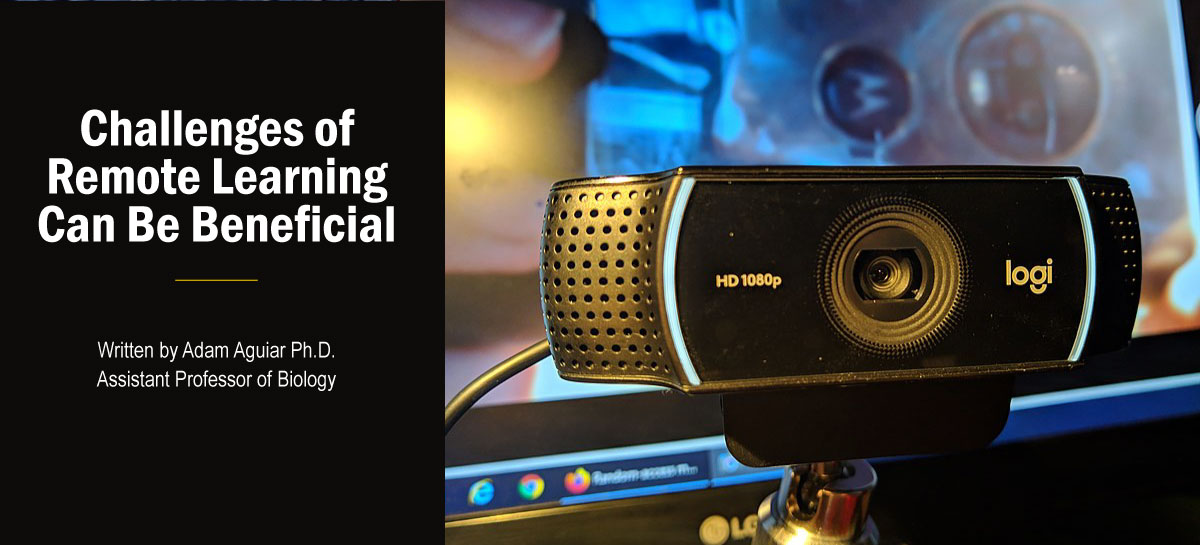
Photo credit: Wikimediia Commons
Nonverbal communication is essential for engaged learning and effective teaching. In-person classes always allowed me to partly assess the effectiveness of my lessons by reading the facial reactions of students. Confusion, disengagement, attention and epiphany moments all have distinct facial signatures that I would use to my advantage as an instructor.
Such in-the-moment, on-the-spot feedback lets one know when something should be repeated or said differently to be understood. This gauging mechanism applies to the remote classroom, but only to students who have their cameras turned on. Unfortunately, it is common to have some students’ cameras off each session, and there is no way to formally mandate their use. There are strategies, however, to elicit engagement.
In remote settings, student engagement is enhanced by calling on blank screens for answers, offering a small amount of extra credit for answering difficult in-class questions, impromptu assignments and breakout room group activities. Modifying some of these can prompt reciprocal visual participation as well. For example, when discussing macromolecules and their relationship to nutrition and diet, I ask my students to hold up a food item from their kitchens that have a proportionately high content of one of the macromolecules. Students often present salmon, burger meat, candy, oil, etc.; all of which (to various degrees) foster classroom conversation, personalize the topic to the students (even beyond that of which can be obtained with in-person instruction) and promote comfortability with cameras being on.
I do something similar when discussing microbial model organisms in genetics laboratory. I tell the students the types of microbes that were used to generate the data they will be using to analyze; the same species that they would have used hands-on in-person. Then, in breakout rooms, I have them take a few minutes to research those model organisms and where they are found. Then, the students are told to find an item from their house or person representing a source of such microorganism, keeping it PG of course. Students hold items to their cameras such as shower sponges to represent a location for Serratia marcescens and various food items to represent potential locations for types of E. coli.
These short, simple exercises make remote sessions not just convenient, but enjoyable, vibrant and meaningful to the students. Also, by promoting reciprocal video feeds, these techniques play toward one of my teaching strengths: my enthusiasm for the content. Instructor enthusiasm is often contagious to students, engaging students more.
With many students’ screens off, remote learning has sometimes been compared to teaching into the void. However, by implementing those easy scavenger-hunt-like exercises (as I call them), an instructor can turn a challenge into an advantage that has some personalizing benefits even beyond that of in-person modalities.
Dependence upon software, hardware and internet connectivity can create concern for interruptive scenarios to student learning. However, this can be fully avoided by the instructor and students prudently and proactively choosing the most reliable of these tools before the semester and each class. Minimizing the number of browser tabs, windows and active background programs to only those essential to class time, should be a practice used by all remote instructors and promulgated to all remote students.



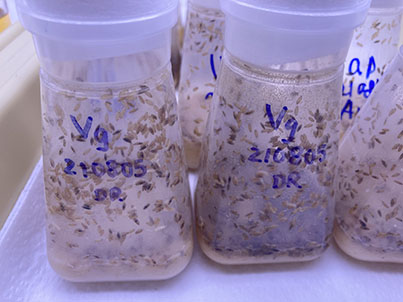

Although I have not taught the Cells and Molecules Laboratory for many semesters, I do teach the corresponding lecture. As such, it was an honor to help repurpose the Cells and Molecules Laboratory manual for remote learning last summer. I also amended my normal Genetics Laboratory routines. Many of these modified laboratory exercises had great utility in this emergency situation. For example, one Cells and Molecules Lab used interactive atomic modeling to foster understanding of molecular structures and properties of functional groups.
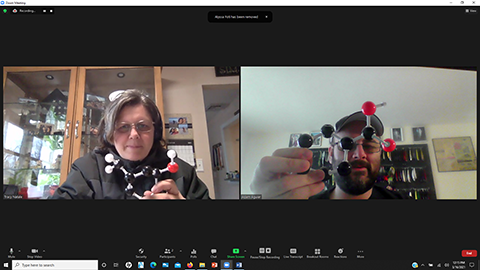

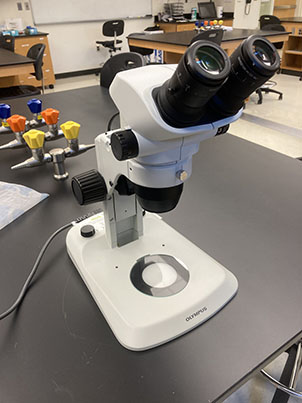

In another lab’s supplemental activity that some instructors used for osmosis, students were to dissolve the shells from eggs in vinegar, place the eggs in syrup (representing a hypertonic solution), and make observations on the change in egg size/shape. In an exercise of hydrophobicity, students were asked to try mixing oil and water from their kitchens. Again, these short, easy activities personalize and energize remote learning labs, but also help students to kinesthetically visualize different concepts.
Creatively discovered by faculty members Tara Luke and Mike Law, I utilized free online, game-based learning software to complement my genetics labs. Both Geniverse and Geniventure (by Concord Consortium) allowed students to reinforce many genetics concepts by manipulating virtual dragons through breeding experiments. The principle of chromosome segregation, various modes of inheritance, and genotypes’ influence on phenotype are just a few of the concepts visually reiterated by these fun games. And being web-based, these can supplement future classes as students can do them remotely from anywhere. This is an aspect that many students certainly appreciate.
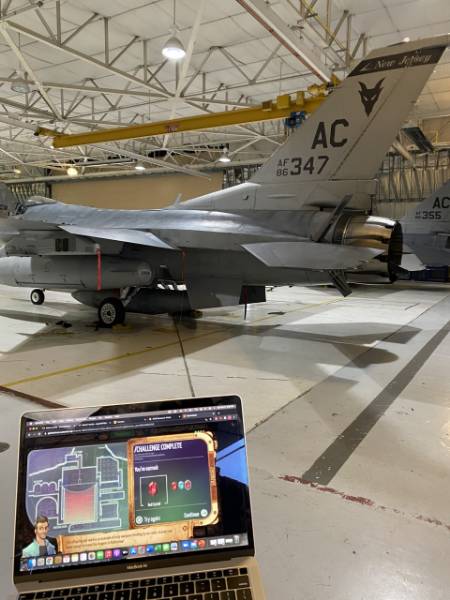
All modified exercises that fostered student collaboration and effectuated any at-home, hands-on application was optimal for engagement/learning.
Ostensible takeaway: Remote learning laboratories have unique challenges, but they too certainly have advantages, some of which surpass those of even in-person classes. Furthermore, many of the challenges for remote learning can be mitigated and even made to be beneficial simply by implementing simple teaching strategies. Most importantly, in emergencies such as this pandemic, it is vital that the students can be offered substantive, carefully crafted remote labs that can complement their science lectures.



